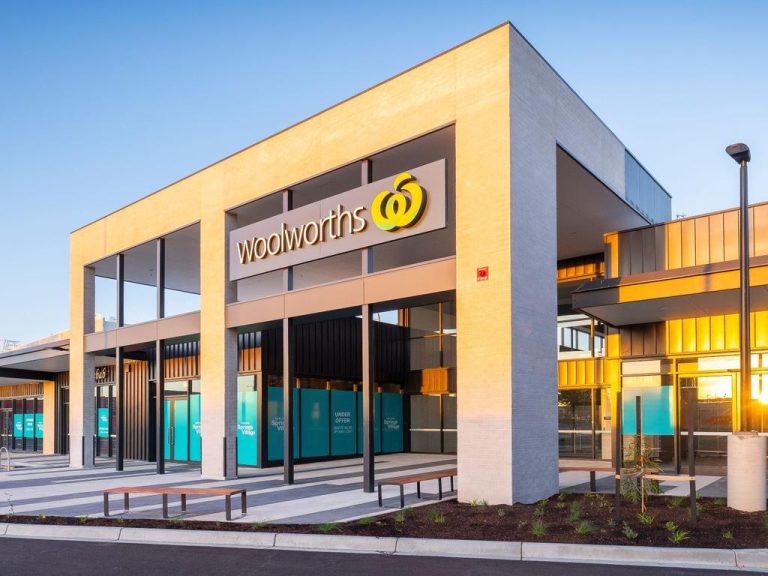Melbourne retail strip winners and losers revealed in new data
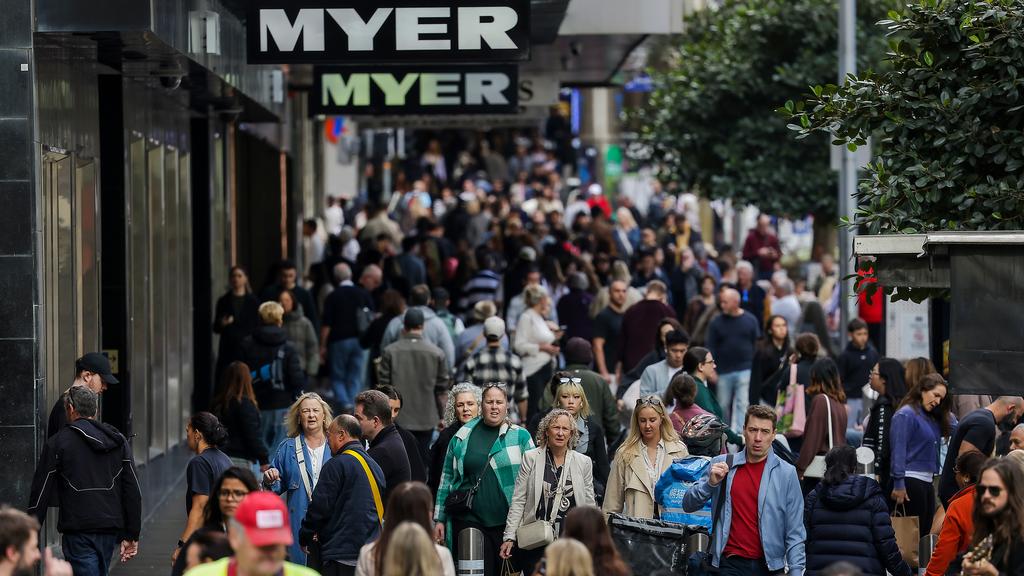
Melbourne’s retail strip showdown is reshaping the city, with new data revealing which main streets are booming and which are battling to survive. Picture: NCA NewsWire / Ian Currie
Melbourne’s shopping strips are proving their strength as vacancy rates edge higher but remain below long-term averages.
Fitzroys Walk the Strip 2025 report shows vacancies across 37 precincts have lifted from 6.5 to 7.2 per cent in the past year.
Despite the rise, the figure sits under the long-term average of 7.3 per cent, highlighting the resilience of local high streets.
RELATED: Global fast-food giants taking over Australia
Why these iconic Vic restaurants disappeared
Wendy’s first Melbourne location accidentally revealed
Centre Rd, Bentleigh, now holds the lowest vacancy rate in Melbourne at 1.0 per cent, overtaking Church St, Brighton, Puckle St, Moonee Ponds (2.4 per cent) and Glen Huntly Rd, Elsternwick (3.4 per cent) also recorded standout results, supported by nearby apartment development and strong local demand.
Fitzroys director James Lockwood said the city’s strongest strips shared a mix of supermarkets, good transport links and balanced tenancy.
“Strips with an even blend of food, services and retail and at least one major supermarket are performing the strongest,” Mr Lockwood said.
“They’ve become one-stop destinations where people can shop, meet friends for coffee and visit the gym in the same trip.”

Vacancies across Melbourne’s shopping strips have climbed to 7.2 per cent, but the city’s best-performing retail hubs remain packed with buyers and buzzing cafés.
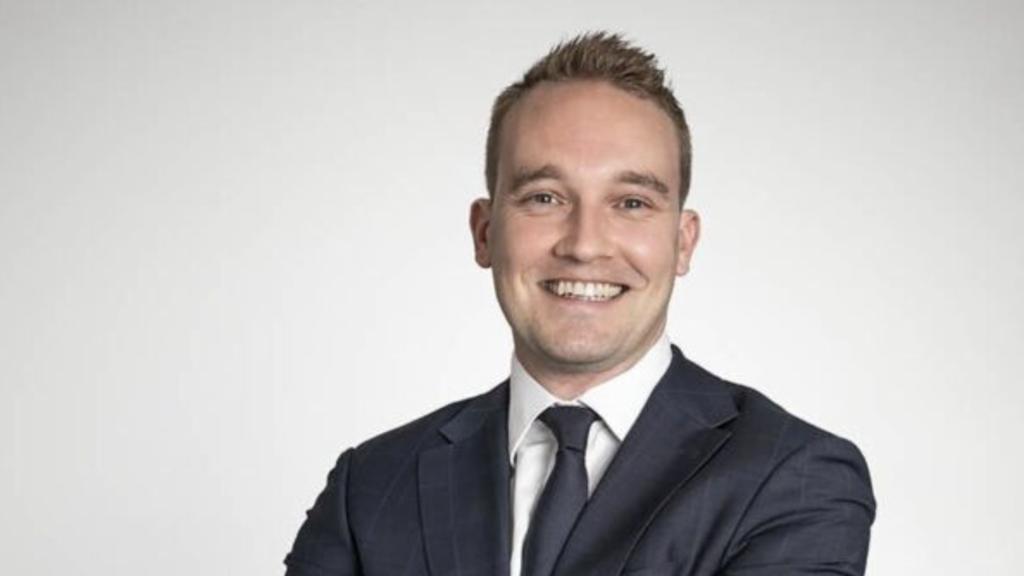
Fitzroys director James Lockwood said supermarkets and strong transport links were driving record-low vacancies across Melbourne’s most resilient shopping strips.
Mr Lockwood said supermarkets had become “anchors of community life”, bringing consistent foot traffic and supporting surrounding traders.
Other top performers included Clarendon St, South Melbourne, Whitehorse Rd, Balwyn and High St, Northcote, each posting vacancies well below the city average.
However, the report showed a widening gap between Melbourne’s best and worst-performing shopping areas.
Bridge Rd, Richmond, recorded the city’s highest vacancy rate at 18.7 per cent, while parts of Camberwell Junction, High St, Armadale and Bay St, Brighton also saw vacancies rise.
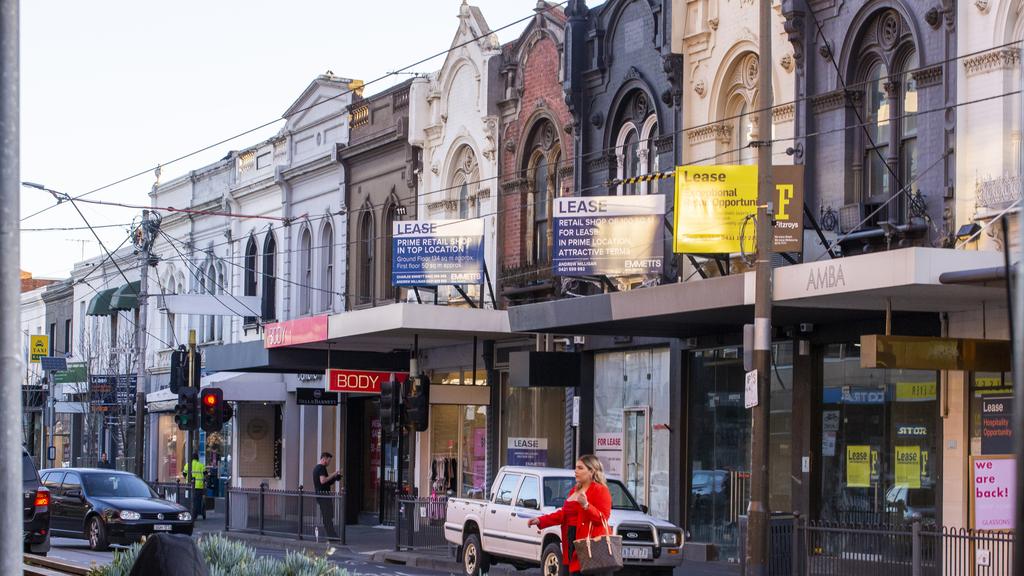
Chapel St is still facing challenges, with agents warning some landlords have been slow to reset rents or adapt to post-pandemic retail trends. Picture: Wayne Taylor

Teska Carson director Matthew Feld said the strongest strips were thriving because landlords had met the market, and those who hadn’t were still empty.
Teska Carson director Matthew Feld said many retail strips were stabilising but only those that had adapted to market conditions were thriving.
“There are definitely some streets carrying the weight for others,” Mr Feld said.
“You’ve got two or three sitting at virtually zero vacancy while others are still struggling. Chapel St, High St and Bridge Rd remain quite high, and Swan St has some catching up to do.”
Mr Feld said realistic rents and healthy tenant mixes were key to success.
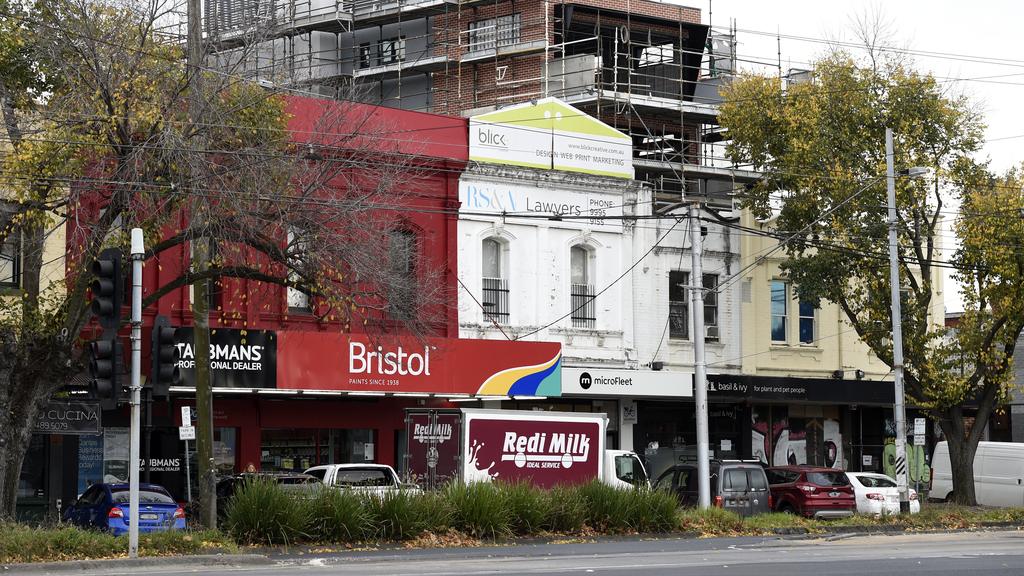
Centre Rd in Bentleigh has emerged as Melbourne’s most tightly held retail strip, recording a near-zero vacancy rate and surging local foot traffic. Picture: NewsWire / Andrew Henshaw
“The ones who won’t meet the market still have empty shops. It’s that simple,” he said.
“People are more focused on lifestyle and wellbeing now. That’s where the growth is.”
While cost pressures and planning delays continue to challenge landlords, agents say Melbourne’s retail market fundamentals remain sound.
“The best strips always find a way through,” Mr Feld said.
“When a shopping street gets the balance right with community, access and experience, it becomes bulletproof.”

Centre Rd in Bentleigh has emerged as Melbourne’s most tightly held retail strip, recording a near-zero vacancy rate and surging local foot traffic.
Colliers associate director Ruby Koop said wellness and experiential retail were shaping the next phase of Melbourne’s recovery.
“Covid taught people to shop online, so now retailers have to give customers a reason to come in,” Ms Koop said.
“It’s about creating experiences that are visual, social and shareable.”
Ms Koop said wellness operators had become the new social anchors, with younger people choosing health-focused venues over night-life.
“Younger people are drinking less and spending more on experiences that feel good,” she said.
“We’re seeing everything from bathhouses to indoor golf clubs. They bring community and energy to a building.”
The Colliers associate director said flagship store openings at Bourke Street Mall, including Mecca’s global store, JD Sports and Topmart, reflected confidence returning to the city.
“Melbourne is back,” Ms Koop said.
“People love being here, celebrating and experiencing what makes this city special.”
Sign up to the Herald Sun Weekly Real Estate Update. Click here to get the latest Victorian property market news delivered direct to your inbox.
MORE: Couple uses DIY skills to flip homes
Why first home buyers rushed to buy Melb land
Hammer frenzy: Melb homes go wild
david.bonaddio@news.com.au


